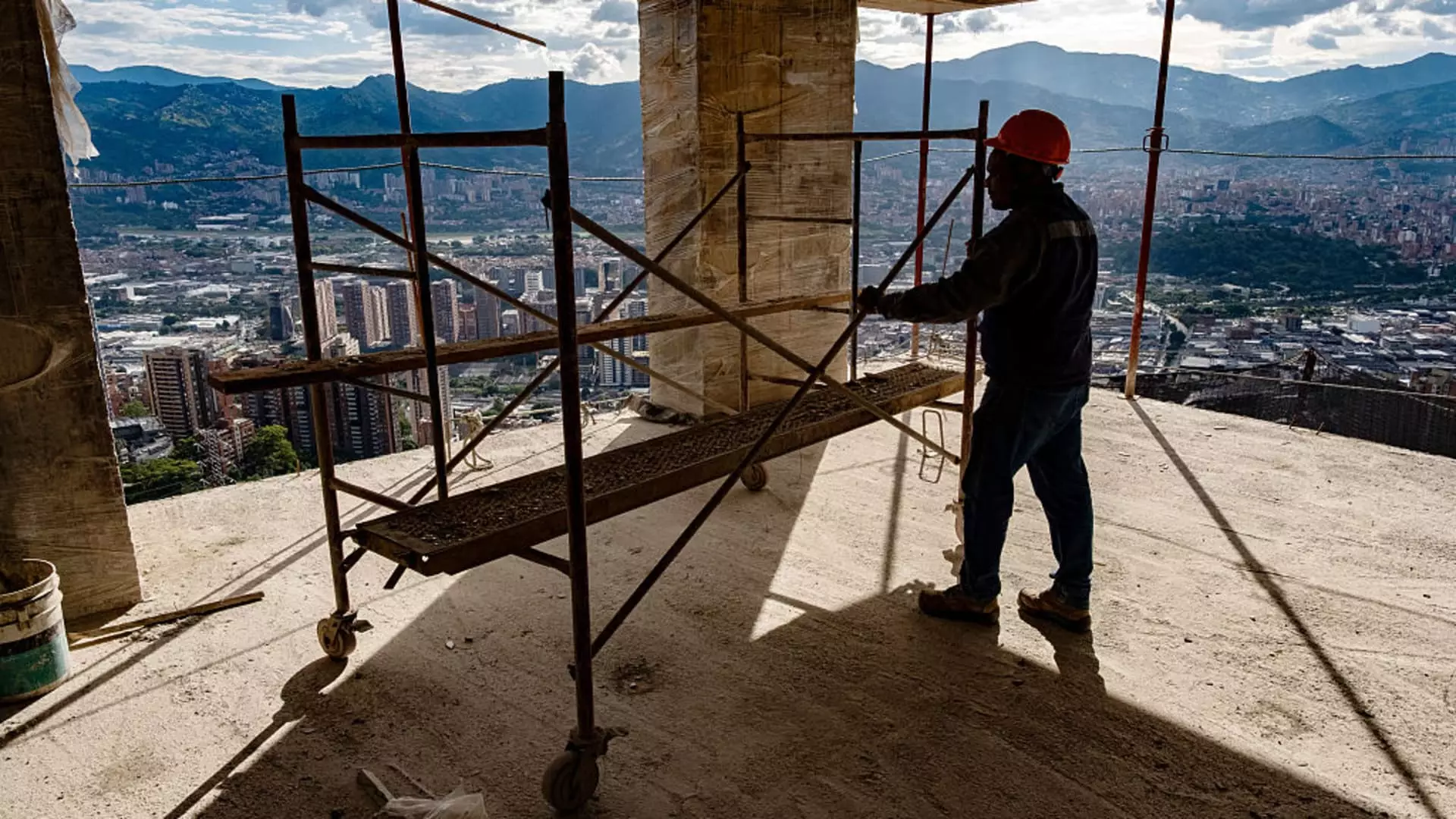Construction has long been the black sheep of industrial modernization, a sluggish giant dragging its heels far behind other sectors like automotive or tech. Despite the critical importance of buildings, infrastructure, and urban development in shaping societal progress, this industry remains embarrassingly outdated—characterized by manual processes, paper-heavy documentation, and inefficient workflows. While these may seem like small inconveniences, their cumulative effect is profoundly damaging. They silently drain trillions annually in productivity, perpetuate environmental waste, and compromise safety standards. It’s an egregious example of how the inertia of tradition and underinvestment in innovation can hinder progress, even when the stakes are so high.
The reluctance to embrace digital transformation isn’t born out of necessity but rather from deep-rooted industry culture. Construction projects involve enormous scales, complex logistics, and numerous stakeholders. These factors make it increasingly difficult to adopt new methods, especially when entrenched practices are seen as “good enough.” Yet, this mindset has become a tragic liability—refusing to evolve keeps the industry locked in expensive, error-prone cycles that could otherwise be optimized with accessible technological tools.
The Cost of Ignoring Technology: Outdated Practices and Real Risks
For decades, construction companies have invested less than 1% of their revenue in IT—a stark contrast to other highly competitive industries that spend far more to gain efficiency and safety. This neglect manifests as excessive paperwork, miscommunication, delays, and environmental waste, all of which contribute to a staggering loss of almost $1 trillion annually, according to recent reports. These figures aren’t merely abstract; they translate into tangible human and financial costs—fatalities, project overruns, and ecological impacts.
Sarah Buchner’s story exemplifies this tragic disconnect. Rising through the ranks on sprawling high-rise projects, her experience with a fatality underscores how safety issues and project mismanagement are often rooted in inefficient documentation and communication breakdowns. Her subsequent pivot to tech innovation rooted in her firsthand understanding of the industry’s shortcomings highlights a compelling truth: profound change is possible when industry insiders harness technology not just as a tool but as a necessity for safety and sustainability.
Technological Breakthroughs: A Necessary Shift Toward Efficiency and Safety
Buchner’s company, Trunk Tools, epitomizes the burgeoning revolution within construction technology. Using advanced AI and machine learning trained on the real workflows of the industry, it seeks to transform chaos into clarity. The platform’s ability to process millions of unstructured documents—blueprints, schedules, safety protocols—is revolutionary. It can identify discrepancies—such as conflicting installation instructions—that otherwise would take hours or days of manual searching to uncover, if they are found at all.
This isn’t just about convenience; it’s about fundamentally rethinking how projects are executed and managed. The industry’s reliance on paper and siloed information creates bottlenecks, increases costs, and exacerbates environmental damage. When technology simplifies and streamlines decision-making, safety improves, costs decrease, and emissions are reduced. The collaboration with giants like Microsoft signals a recognition that integrating such advanced tools into mainstream workflows is essential if construction is to meet modern demands responsibly.
Embracing the Future: Why the Industry Cannot and Should Not Wait
The influx of investments into construction tech—highlighted by a recent $40 million Series B funding round—demonstrates a growing acknowledgment that change is overdue. Yet, the pace of adoption remains glacial, hampered by industry complacency and resistance. It’s a classic case of short-term comfort versus long-term sustainability. The question isn’t whether modernization is necessary, but why it continues to be sidelined despite the clear benefits.
In a broader sense, the industry’s slow evolution reveals a profound disconnect between economic potential and ethical responsibility. Embracing innovation isn’t just about profit margins; it’s about safeguarding workers, protecting the environment, and creating resilient, smarter communities. As labor shortages and climate concerns intensify, the argument for urgent technological adoption becomes undeniably compelling. The future belongs to those willing to cast aside outdated practices and commit to a smarter, safer, and more sustainable construction landscape—before irreparable damage is done.


Leave a Reply